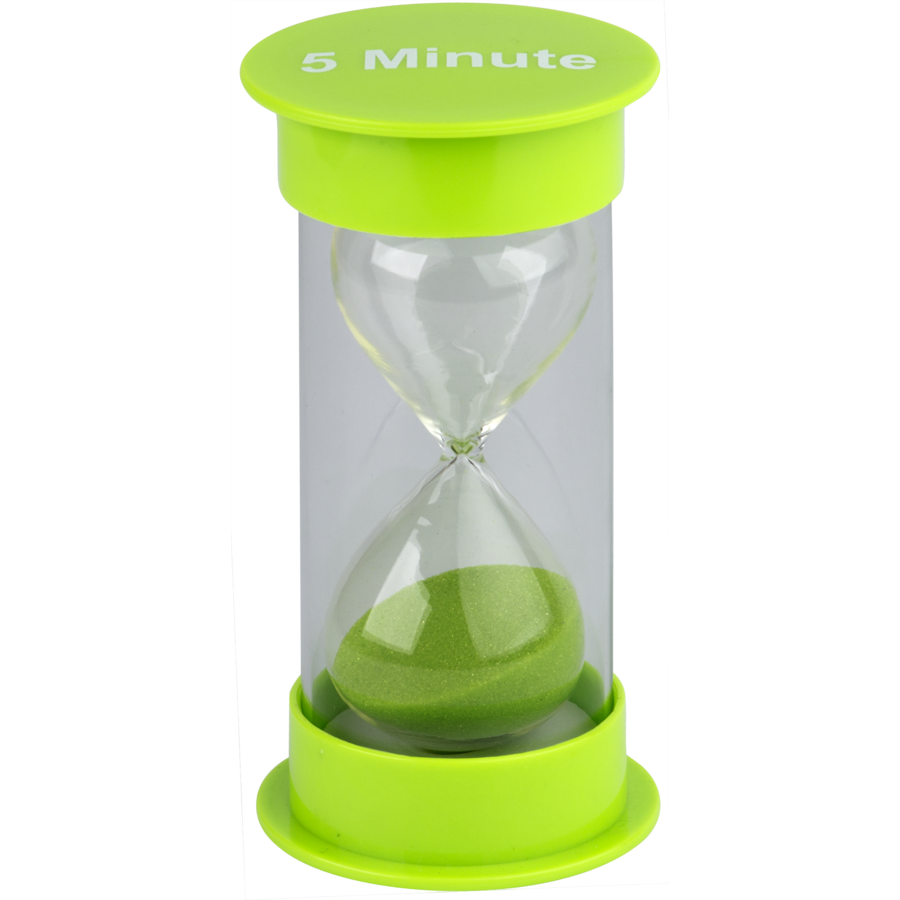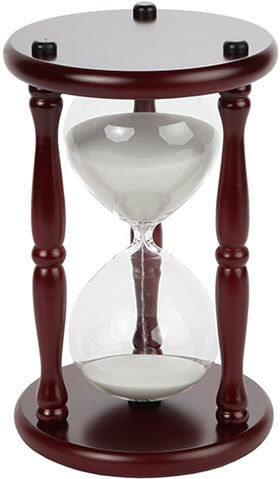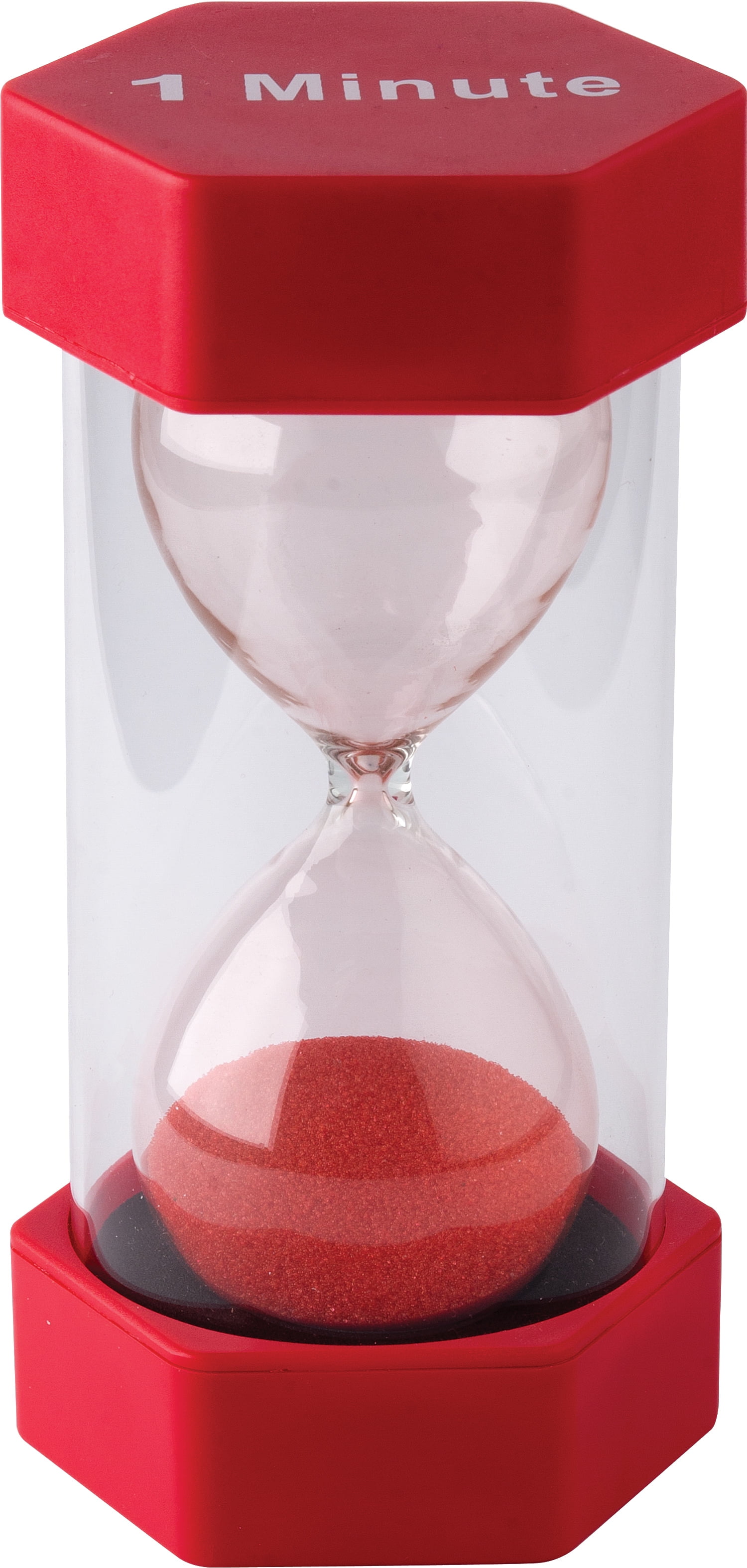
To learn more about how and for what purposes Amazon uses personal information (such as Amazon Store order history), please visit our Privacy Notice. You can change your choices at any time by visiting Cookie Preferences, as described in the Cookie Notice. Click ‘Continue without accepting’ or ‘Customise Cookies’ to decline these cookies, make more detailed choices or learn more. Third parties use cookies for the purposes of displaying and measuring personalised advertisements, generating audience insights, and developing and improving products. This includes using first- and third-party cookies which store or access standard device information such as a unique identifier. If you agree, we will also use cookies to complement your shopping experience across Amazon stores as described in our Cookie Notice. We also use these cookies to understand how customers use our services (for example, by measuring site visits) so we can make improvements. We use cookies and similar tools that are necessary to enable you to make purchases, to enhance your shopping experiences, and to provide our services, as detailed in our Cookie Notice. So which therapy timer will you choose? For more information and videos of Timeqube Mind visit. Kids in therapy sessions now feel less anxious about time.Īt Timeqube we are not striving for perfection, but rather we are making simple innovations that help customers’ get their job done better. It doesn’t distract and you can chose one of 6 available time presets. Let’s just quote a few of many feedbacks we received from the Early Adopter Mind Customers.Ī way to rely less on clocks and keep the client feeling safe and attended to. It works with human peripheral vision, so you will never need to turn your head to check the time. Timeqube Mind is that gently glowing, beautiful object in the therapy room. Moreover, Mind has the 6 time presets most used in psychotherapy. Based on field evidence, we replaced red color with violet (marking 5 minutes until end of session), dimmed the light and provided a more gentle pulsation effect on standby and when time is all up. Every human being is used to traffic lights, so the combination of green – yellow – red is the most intuitive one.īut working with psychotherapists, we learned, the perfect therapy timer should be tweaked further. The idea is simple – by using gentle color transitions instead of countdowns and noisy alarms, we are almost eliminating the aspect of stress from timing. After 2 months of research and testing, Timeqube Mind was born. Encouraged, we reached out to over 60 therapists in Poland and asked them what would make a perfect therapy timer. Working on Timeqube for Business we noticed interest among therapists to use it in therapy sessions with their clients. Of course, there is room for innovation here!


A picture of seconds or minutes passing until deadline or colored sand dripping slowly into the lower chamber of an hourglass – it’s a renown symbol of time-related pressure. Famed article from Melissa Groman published at tells the whole story.Ĭlock, hourglasses and even products like Time Timer are undoubtedly stressful. Worst case scenario, trust may become eroded between you and the client. How many times have you tried to glance at the clock unnoticed? It is awkward.

It is incredibly hard to check time on either without the client noticing it. While it is a versatile solution, it comes at a cost of losing a client’s trust. But it needs to be there, because the therapist is single, while clients are many.Ī wristwatch, desk clock or an hourglass would have previously been a timer of choice for therapists. Unlike other elements in the room, that help make the client feel comfortable e.g.comfy chairs, cushions or unobtrusive lighting, the timer itself looks a little bit odd and out of place. You can also create a timer for a specific date. Set a time and bookmark it for repeated use. If you’ve ever been into therapy, you would have noticed one item – the timer. e. is a simple, online countdown timer or egg timer. Time matters, but it may be, at the same time, a very powerful stressor to both the client and therapist. More than ever, we need a helping hand, that will guide us through the rough seas of our behavioral patterns, perceptions and emotions.Īs the average number of psychotherapy patients are on the rise, therapists seek to improve the ways they time their sessions. No wonder, psychotherapy is for many people becoming a necessity.

We are living in a world that strives for perfection. We also set goals for ourselves that are not only challenging but often impossible to meet. In both work and personal life, we keep getting more and more pressure from our communities, friends and families. We are living in psychologically demanding times. Founder and CEO Timeqube | NovemWorld Struggles With Depression And Anxiety


 0 kommentar(er)
0 kommentar(er)
